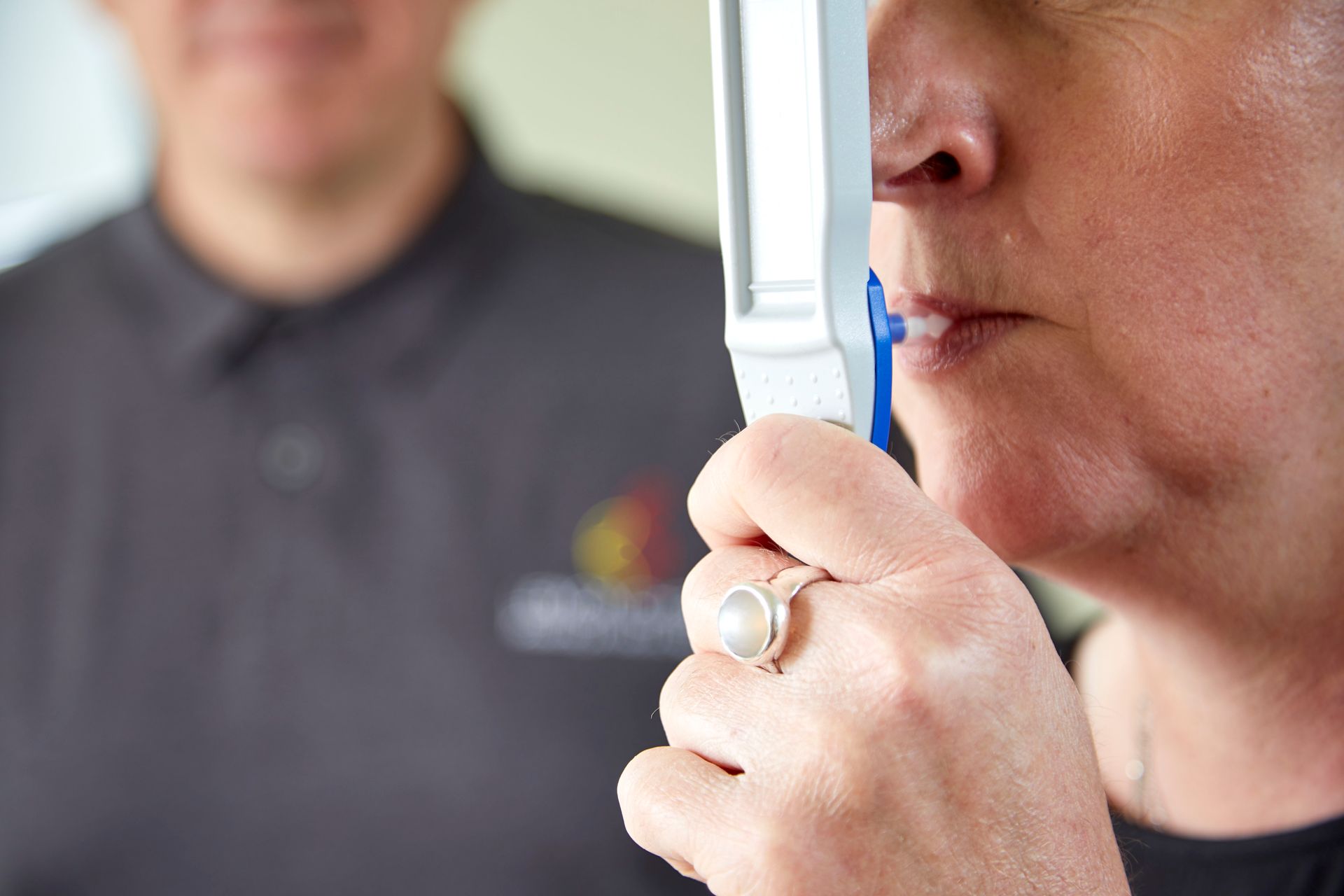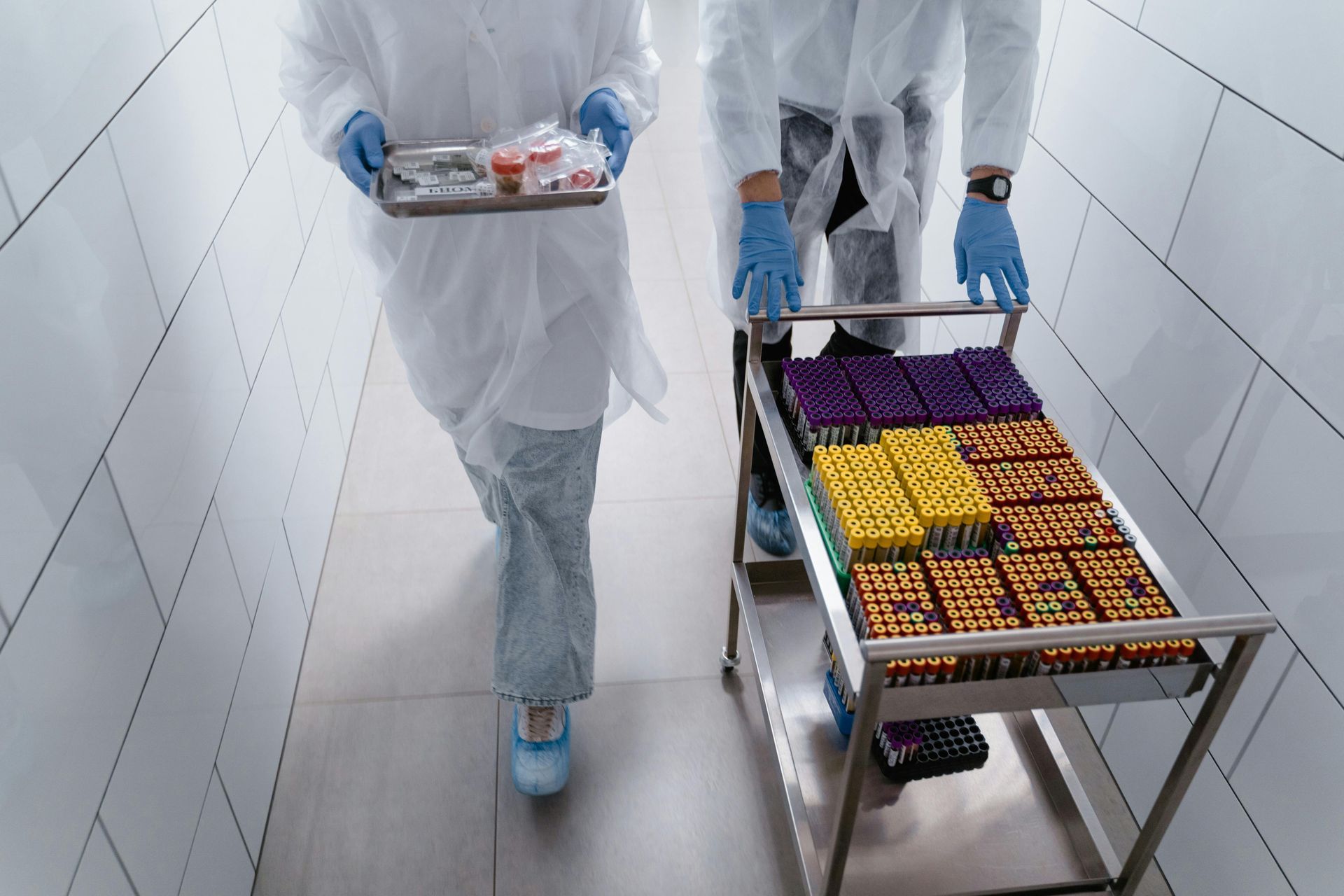
The Hidden Benefits of Regular Random Testing: Why Consistency Transforms Your Workplace
Tuesday morning, 9:15 AM. The phone rings in Sarah's office at a Hull logistics company. There's been an incident in the warehouse. A forklift operator has crashed into racking, causing £15,000 in damage and nearly injuring two colleagues. The investigation reveals what Sarah feared, the operator was under the influence.
"We thought we were being smart by doing occasional random tests," Sarah explains. "What we didn't understand was that sporadic testing isn't really random testing at all."
This is the critical distinction most businesses miss. Regular random testing means conducting tests at consistent intervals but with unpredictable timing and selection. The "regular" part creates continuous deterrent effects that sporadic testing simply cannot achieve.
The Power of Consistency in Random Testing
The difference between occasional testing and regular random testing is like the difference between a smoke alarm that works sometimes and one that's always on. Both might catch a fire, but only one provides real protection.
Mark, a construction supervisor in Doncaster, saw this transformation first hand. His company moved from sporadic testing to monthly random selection in 2023. "The change wasn't just in the numbers," he says. "The whole atmosphere shifted. The lads started looking out for each other differently."
Regular random testing creates a culture of continuous accountability rather than periodic fear.
Benefits That Compound Over Time
For Your Business
- Dramatic Reduction in Workplace Accidents The statistics are sobering. 40% of all workplace accidents are related to substance use/abuse in the UK. Even more concerning, 60% of workplace accidents involve alcohol or drugs. The consistency of regular programmes creates a deterrent effect that builds over time.
- Massive Economic Impact Lost productivity due to alcohol in the UK costs around £7.3 billion per year. This staggering figure represents the true cost of inconsistent workplace safety measures.
- Insurance Premium Benefits Insurance companies recognise the value of regular programmes. Implementing a drug testing program can lead to reduced insurance premiums. The regular nature demonstrates ongoing commitment to safety, not just reactive measures.
- Improved Productivity Metrics Employees who engage in drug misuse are typically 25% less productive than their peers.
Regular testing creates accountability that extends beyond substance use into overall work performance.
- Legal Protection That Stands Up When incidents occur, having a documented regular testing programme provides crucial legal protection. Courts and regulatory bodies view consistent programmes more favourably than ad-hoc testing implemented after problems arise.
For Your Workforce
- Peer Accountability Networks Regular random testing creates positive peer pressure that protects everyone. When colleagues know testing happens consistently, they naturally look out for each other.
"The conversations changed," explains Mark from Doncaster. "Instead of covering for someone who might be struggling, the team started having honest discussions about weekend plans and Monday morning readiness. They're protecting each other now."
- Reduced Workplace Stress Through Consistency Alcohol misuse in the UK is responsible for up to 5% of all workplace absences. Knowing that everyone is held to the same standard reduces workplace tension. Employees don't worry about impaired colleagues creating dangerous situations or unfair workload distribution.
- Career Protection Regular testing protects employees' careers by preventing substance-related incidents that could lead to dismissal, injury, or legal consequences.
The UK Evidence: What Research Shows
Research across UK industries demonstrates the clear benefits of consistent testing programmes. With around 60% of UK businesses having drug and alcohol use policies, actual testing is far less common, occurring in less than 20% of workplaces.
This gap between policy and practice represents a massive missed opportunity. Companies that bridge this gap with regular testing programmes see dramatic improvements in safety and productivity.
In high-risk sectors like construction, 35% of surveyed construction professionals report witnessing inebriated colleagues attempting to work accordingly to a survey by the Considerate Constructors Scheme (CCS). This demonstrates why major construction firms like Interserve and Barratt have implemented comprehensive testing policies.
The Compounding Effect of Regular Testing
Month 1-3: Establishment Phase
Initial deterrent effect begins. Employees adjust to new expectations. Some resistance may occur, but clear communication about safety focus helps acceptance.
Month 4-6: Cultural Shift
Peer accountability networks form. Employees begin self-regulating and supporting colleagues. Incident rates typically drop significantly during this period.
Month 7-12: Full Integration
Testing becomes part of normal operations. Employee satisfaction often increases as workplace safety improves. Productivity gains become measurable.
Year 2 and Beyond: Sustained Benefits
Long-term data shows sustained low incident rates, improved insurance terms, and stronger safety culture. New employees integrate into established safety expectations.
Making Regular Random Testing Work
- Define "Regular" Clearly Don't leave testing frequency to chance or memory. Establish specific schedules:
- High-risk operations: Monthly testing
- Moderate-risk environments: Quarterly testing
- Lower-risk but safety-critical roles: Bi-annual testing
- Maintain True Randomness Use proper selection methods that ensure every employee has equal chance of selection each time. Avoid patterns that employees can predict.
- Communicate the Benefits Frame regular testing as workforce protection, not employee surveillance. When thoughtfully implemented, there is strong evidence that drug testing programmes achieve their goals of reducing absenteeism and improving productivity and safety.
- Partner with Specialists Regular programmes require consistent execution. Working with experienced providers like Lemon Cherry ensures proper procedures, Home Office approved equipment, and confidential handling that maintains employee trust.
The Real Cost of Inconsistency
Every gap in your testing schedule represents accepted risk. The financial impact is staggering:
- Historical Context: Drugs and alcohol are contributing factors in 26% of workplace accidents, costing the UK more than £4 billion a year (2014 CIPD data), and research indicates the problem has significantly worsened since then. UKAT (UK Addiction Treatment) revealed updated statistics for 2018; 40% of industrial accidents are linked to substance abuse and the cost has escalated to a combined value of £36 billion.
- Opportunity Costs: Higher insurance premiums, reduced productivity, increased sick leave, and potential legal liabilities all compound over time.
- Cultural Costs: Inconsistent testing sends mixed messages about safety priorities and can undermine overall workplace standards.
Success Stories: The Regular Testing Difference
Sarah's logistics company now conducts random testing every six weeks. Eighteen months later, they've had zero substance-related incidents, and employee satisfaction surveys show improved workplace confidence.
"The regular schedule means it's just part of how we operate now," Sarah says. "No d rama, no surprises - just consistent safety standards that protect everyone year-round."
Mark's construction team has similar results. "We've transformed our safety culture completely. The lads trust that everyone's held to the same standard. That trust makes everything else work better."
Your Implementation Strategy
- Start with Clear Policy Develop comprehensive drug and alcohol policies that explain the regular testing programme, its benefits, and procedures.
- Train Management First Ensure supervisors understand the programme's goals and can communicate benefits effectively to their teams.
- Choose Reliable Partners Work with experienced providers who understand the importance of consistency and confidentiality in regular programmes.
- Monitor and Adjust Track programme effectiveness through incident rates, employee feedback, and business metrics. Adjust frequency if needed based on results.
The Bottom Line
Regular random testing isn't just about catching problems, it's about preventing them through consistent accountability that protects your business and workforce year round.
The evidence is clear. Regular random testing works. The question isn't whether you can afford to implement it, it's whether you can afford not to.
If you're ready to implement regular random testing that delivers sustained benefits for your business and workforce, contact Lemon Cherry today. Our experienced team will help you design a programme that fits your industry, schedule, and budget.
Don't leave workplace safety to chance. Make it regular.
Call 01964 503773 or visit lemoncherry.co.uk to discuss your regular random testing programme.









